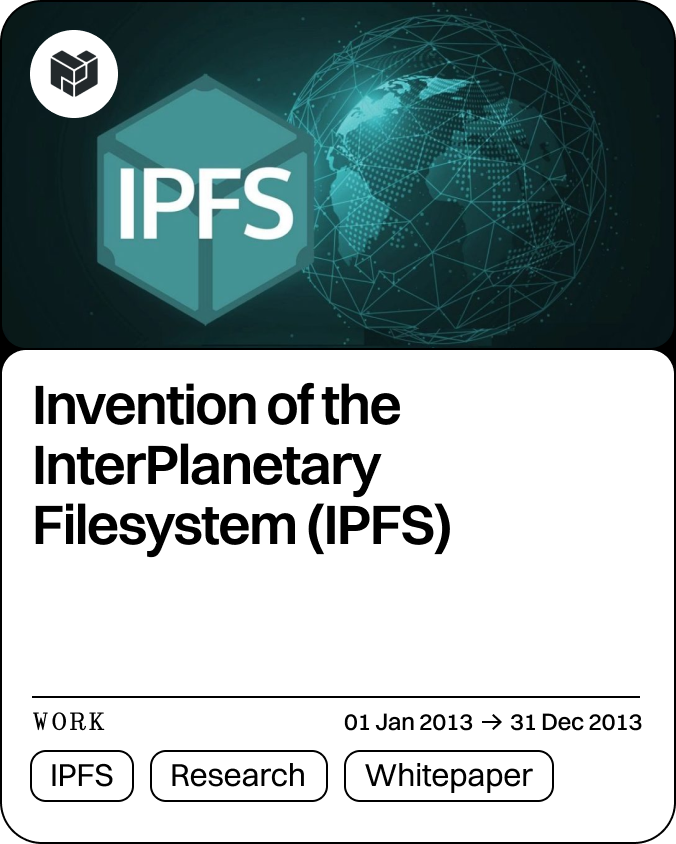Welcome to the Hypercerts Protocol
Hypercerts are the new way to fund impact.
Hypercerts are a digital tokens that represents the impact of projects' work. Projects sell portions of their hypercerts to funders, thereby transferring shares of the impact claims to them.
1. Account for work: At its core hypercerts make work clearly identifiable:
- Who: the contributors involved
- What: the scope of the work
- When: the timeframe during which the work was completed
- Where: the location of the work
2. Add evidence and evaluations: Reports, measurements and evaluations can be submitted by both the projects themselves and independent third-party evaluators. This provides funders with insights to identify where their funding can buy and reward the greatest impact.
3. Sell impact: Funders buy portions of the hypercerts to reward the projects and to claim the impact.
4. Recognize contributors: Financial and non-financial contributors to the impact are publicly recognized on hyperboards.
Hypercert example
Graphic representation
Every hypercert includes an image that contains some of the core information.

Hypercerts card example
General information
- Title of hypercert: Invention of the InterPlanetary Filesystem (IPFS)
- Description: The InterPlanetary File System (IPFS) is a set of composable, peer-to-peer protocols for addressing, routing, and transferring content-addressed data in a decentralized file system.
- Link: ipns://ipfs.tech/
Work and impact description
- Set of contributors: 0xb794f5ea0ba39494ce839613fffba74279579268 (example Ethereum address)
- Scope of work: IPFS ∧ Research ∧ Whitepaper
- Time of work: 2013-01-01 --> 2013-12-31
- Location of work: not specified
How do hypercerts function?
Hypercerts function as a decentralized database to track impactful work and their evaluations. Multiple evaluators can submit evaluations to a hypercert. Hypercerts can be sold to financial contributors and transferred to non-financial contributors, thus tracking these contributions and allowing contributors to claim the impact of the work.
As a result, hypercerts can power impact markets and are also valuable for other impact funding mechanisms, such as grants, prize competitions, and retroactive funding (see Impact Funding Systems).
Why should you care?
We spend trillions of dollars every year on public goods via governmental agencies, foundations, private donations and corporate spendings; however, we don’t effectively track this work – leaving us in the dark, hoping that it actually has the intended positive impact.
We believe we can do better:
- We should start by tracking this work consistently – this is what hypercerts are for.
- We should evaluate how impactful that work was – this is what the open evaluation system of hypercerts supports.
- We should reward the work that was exceptionally impactful – this is what the public display of hyperboards and retrospective funding is for.
Doing this would unfold powerful incentives. Retrospective funding 1) provides incentives for creators to take on public goods projects with a potentially high, but uncertain, impact, 2) enables feedback loops to learn from successes and failures, and 3) attracts more talent to the public goods sector by improving performance-based compensation.
While we are excited about the prospects of retrospective funding, hypercerts do not impose any specific funding mechanisms, but start with tracking the work that is supposed to be impactful. As a database for many funding mechanisms this facilitates experimentation and interoperability between funding mechanisms.
Next
Do you want to get started right away? Head to getting started to use the first version of hypercerts.
To read more about the current development and our implementation of hypercerts on AT Protocol (ATProto), go to Why are we building hypercerts.
Or are you curious and want to learn more about the original vision behind hypercerts? Head over to the whitepaper to dive deeper into the world of hypercerts.